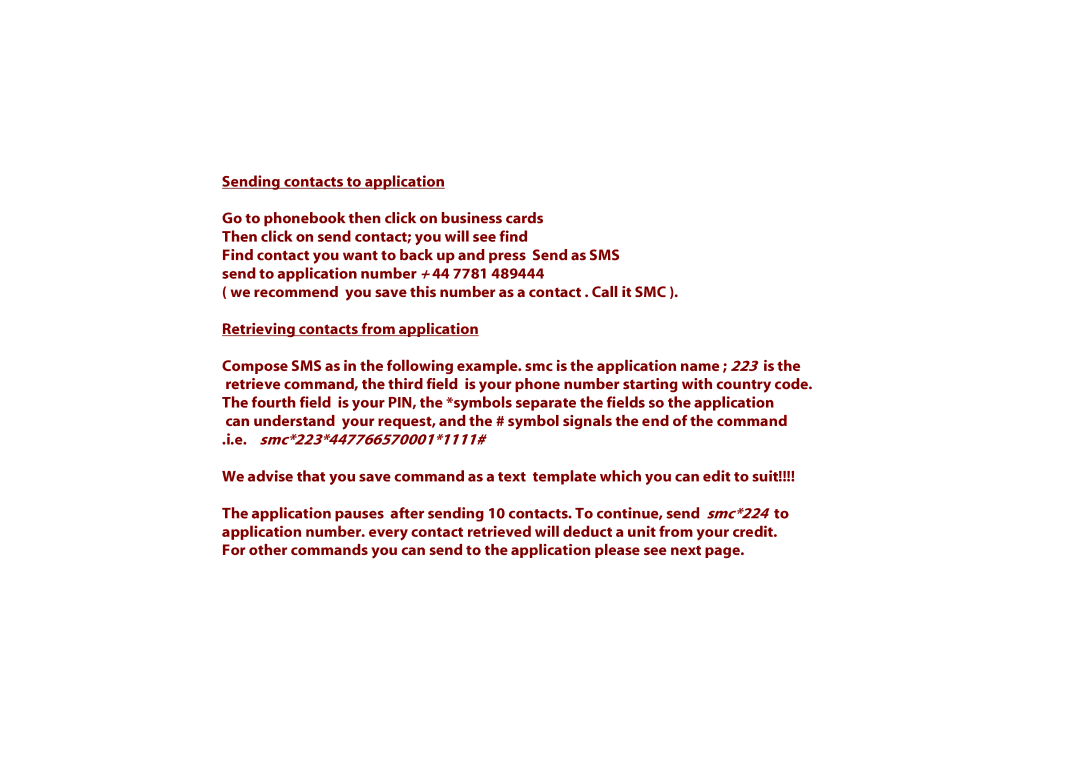T68 specifications
The Ericsson T68, launched in 2002, was a pioneering mobile phone that helped to shape the future of mobile communications. As one of the first color screen mobile phones, the T68 quickly gained popularity for its innovative features, compact design, and versatility.One of the most notable features of the T68 was its color display. While most phones at the time were limited to monochrome screens, the T68 showcased a 256-color display, offering users a vibrant and visually appealing interface. This advancement enhanced the user experience, making it easier to navigate menus and view images. The phone's resolution of 101 x 80 pixels also contributed to the clarity of information displayed.
Another significant aspect of the T68 was its size and weight. Weighing just 85 grams and measuring 102 x 47 x 17 mm, the phone was lightweight and easily portable. Its compact form made it convenient for users to carry in their pockets or bags, setting the stage for future mobile designs.
The T68 supported GSM (Global System for Mobile Communications) networks, which was a standard technology for mobile communications around the world. Its compatibility with GPRS (General Packet Radio Service) provided users with a seamless way to access the internet and send multimedia messages. The built-in WAP (Wireless Application Protocol) browser allowed users to surf the web, making it one of the first phones to offer such capability.
In terms of personalization, the T68 included support for various ringtones, wallpapers, and screensavers, allowing users to customize their devices. Another hallmark of the T68 was its advanced messaging features, which included SMS (Short Message Service) and MMS (Multimedia Messaging Service). The ability to send images and sound files marked a significant shift in how users communicated.
A noteworthy technological innovation within the T68 was its Bluetooth capability. It was among the first mobile phones to feature Bluetooth, enabling wireless connectivity to headsets and other devices. This feature paved the way for hands-free communication, enhancing user convenience and safety.
The T68 also featured predictive text input, allowing for faster and more accurate typing. The T9 text input system helped users send messages quickly, contributing to a more efficient communication experience.
In conclusion, the Ericsson T68 was a groundbreaking device that combined various advanced technologies and features. Its color display, compact design, internet capabilities, personalization options, Bluetooth connectivity, and messaging advancements set a new standard for mobile phones at the time and laid the groundwork for future innovations in the industry.
